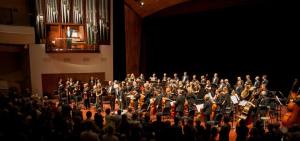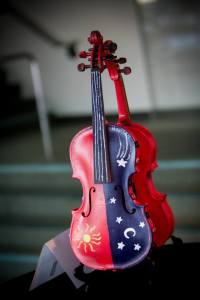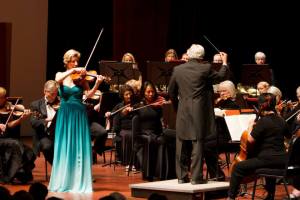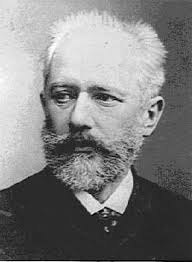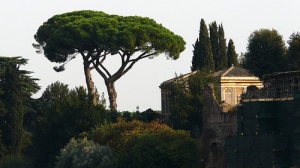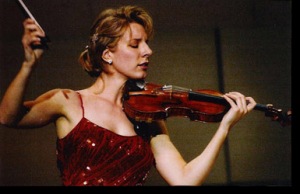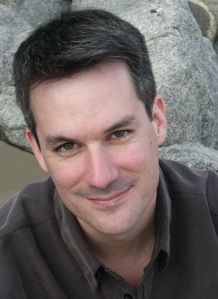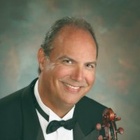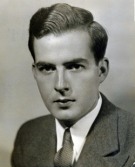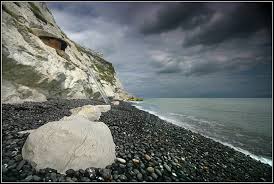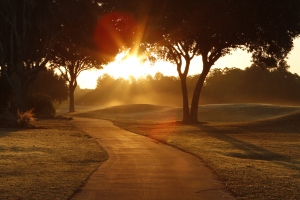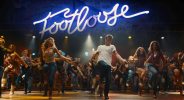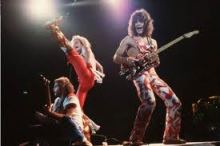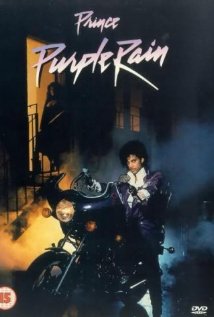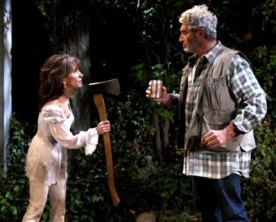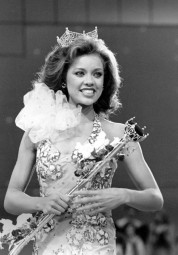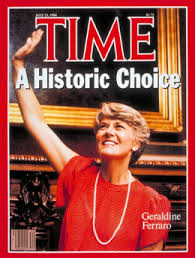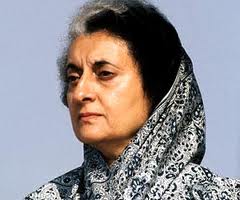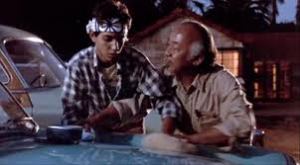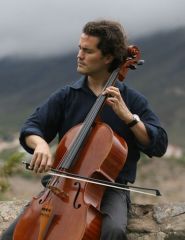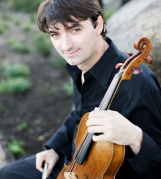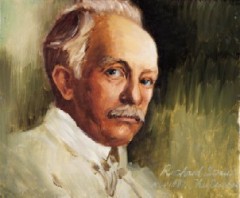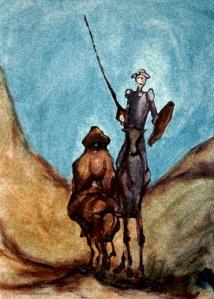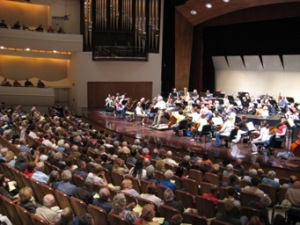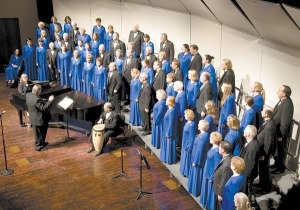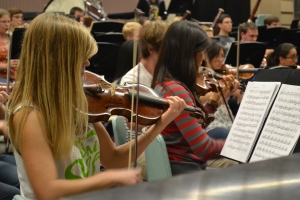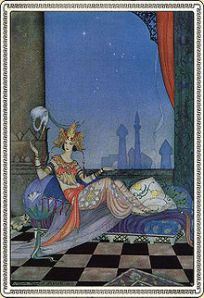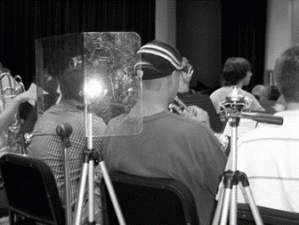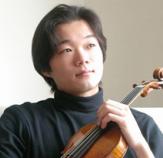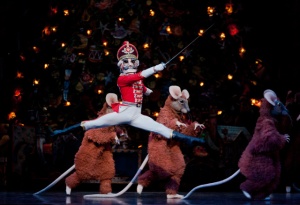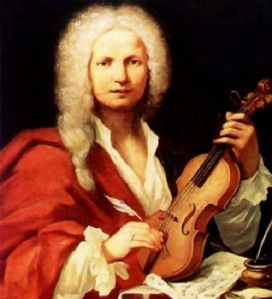By David Hennessee and Sonya Lanzen-Castellanos
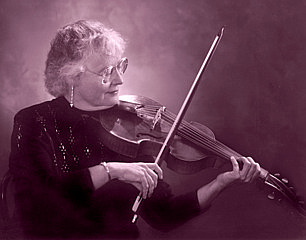 Mary James was viola powered. She had a long, distinguished career as a symphony, ballet, and opera musician, professor of viola, and soloist on the viola d’amore. On August 25, 2014, at age 87, she took her last bow.
Mary James was viola powered. She had a long, distinguished career as a symphony, ballet, and opera musician, professor of viola, and soloist on the viola d’amore. On August 25, 2014, at age 87, she took her last bow.
Mary was born on January 31, 1927. At age five, she began music instruction on the piano. She took up the violin at eight and became interested in the viola five years later. By age 20 she was totally devoted to the viola. When asked what made her switch to the viola, Mary emphatically answered, “Chamber Music! Oh, yes. The viola was right in the heart of chamber music.” Like many violists, she was also drawn to the instrument’s particular timbre: “I liked the sound of the viola; it has a mellower sound.”
Mary grew up in Long Beach, attending Horace Mann  Elementary, Rogers Jr. High and Wilson High School. She received excellent music instruction, as she recalled: “Even in grammar school we had wonderful teachers, conservatory trained…and our high school teacher was the concertmaster of the Long Beach Philharmonic. He taught us chamber music and symphony music…in high school! We were fortunate!”
Elementary, Rogers Jr. High and Wilson High School. She received excellent music instruction, as she recalled: “Even in grammar school we had wonderful teachers, conservatory trained…and our high school teacher was the concertmaster of the Long Beach Philharmonic. He taught us chamber music and symphony music…in high school! We were fortunate!”
Her first job as a musician was with the USO, right after WWII. Travel 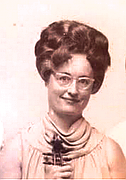 with the military support organization took her to Austria, Germany, Alaska and the Aleutian Islands. She left the USO to continue her musical training at UC Berkeley, studying mainly chamber music. She later returned to Austria and earned a diploma at the Vienna State Academy of Music in 1954. In 1956 she completed a Bachelor of Music Degree at the San Francisco Conservatory.
with the military support organization took her to Austria, Germany, Alaska and the Aleutian Islands. She left the USO to continue her musical training at UC Berkeley, studying mainly chamber music. She later returned to Austria and earned a diploma at the Vienna State Academy of Music in 1954. In 1956 she completed a Bachelor of Music Degree at the San Francisco Conservatory.
After graduating from the Conservatory, Mary joined both the San Francisco Symphony and the San Francisco Opera. Rich professional opportunities followed. She had the privilege of accompanying famous virtuoso soloists such as Jascha Heifetz, Isaac Stern, Rudolf Serkin, Arthur Rubinstein, and Gregor Piatigorski. During this time, she also performed at the Carmel Music Festival and the International Society for Contemporary Music and was acclaimed for the finesse of her playing.
Later, she rounded out her California experience at the University of Southern California where she worked with renowned violist William Primrose. She was active in motion picture and television studio recordings, and was a member of the Los Angeles Philharmonic and the Columbia Recording Orchestra under Igor Stravinsky.
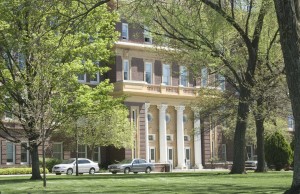 By 1968, Mary was ready to leave the hustle and bustle of big city life. She accepted a teaching position at Pittsburg State University, Kansas. Their excellent reputation for music education, small town atmosphere, and focus on chamber music enticed her. In addition to her role as violist in the faculty string quartet, her teaching load included applied viola, applied piano, music theory, ear training, music history/literature, and chamber music coaching. She lived near campus and enjoyed hosting parties – with plenty of food and drink – for the music faculty and students.
By 1968, Mary was ready to leave the hustle and bustle of big city life. She accepted a teaching position at Pittsburg State University, Kansas. Their excellent reputation for music education, small town atmosphere, and focus on chamber music enticed her. In addition to her role as violist in the faculty string quartet, her teaching load included applied viola, applied piano, music theory, ear training, music history/literature, and chamber music coaching. She lived near campus and enjoyed hosting parties – with plenty of food and drink – for the music faculty and students.
Mary is remembered as a champion of the viola d’amore and was instrumental in launching the 1984 International Congress at Pittsburg State University where violists d’amore from all over the world descended upon Pittsburg to showcase the beauty and capabilities of this historic instrument. Nine violas d’amore playing the Pachelbel Canon was unforgettable. Here is an example of the instrument’s sound:
 After dedicating 22 years to teaching in Kansas, Mary decided to retire and return to the California. What was close to Big Sur and far from LA? She chose a condo in San Simeon. Shortly after moving to the Central Coast, she was discovered and invited in 1994 to take the position of principal violist with the San Luis Obispo Symphony. She also shared her musical talents locally with other groups such as the Pacific Repertory Opera, the Mozart Festival, the Larkspur String Quartet, and the Cuesta Master Chorale Orchestra. She was a founding member of the Morro Bay Chamber Players.
After dedicating 22 years to teaching in Kansas, Mary decided to retire and return to the California. What was close to Big Sur and far from LA? She chose a condo in San Simeon. Shortly after moving to the Central Coast, she was discovered and invited in 1994 to take the position of principal violist with the San Luis Obispo Symphony. She also shared her musical talents locally with other groups such as the Pacific Repertory Opera, the Mozart Festival, the Larkspur String Quartet, and the Cuesta Master Chorale Orchestra. She was a founding member of the Morro Bay Chamber Players.
Mary was known for the accuracy and sensitivity of her playing, her no-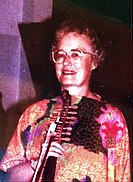 nonsense, professional attitude, and her collection of colorful “Viola Power” sweat shirts. She was always the first player onstage, diligently warming up with finger-strengthening exercises. During her long career, she had acquired a vast library of opera, symphony, and chamber music scores, which she studied along with the viola part. She knew everyone. Mention a violist from the last 60 years, and she knew them. Even after health issues limited her ability to perform, she still did her “daily dozen” regimen of scales and arpeggios. She loved to walk on the beach, to collect and study maps, and she was a regular at the Hamlet in Cambria, where she enjoyed listening to jazz.
nonsense, professional attitude, and her collection of colorful “Viola Power” sweat shirts. She was always the first player onstage, diligently warming up with finger-strengthening exercises. During her long career, she had acquired a vast library of opera, symphony, and chamber music scores, which she studied along with the viola part. She knew everyone. Mention a violist from the last 60 years, and she knew them. Even after health issues limited her ability to perform, she still did her “daily dozen” regimen of scales and arpeggios. She loved to walk on the beach, to collect and study maps, and she was a regular at the Hamlet in Cambria, where she enjoyed listening to jazz.
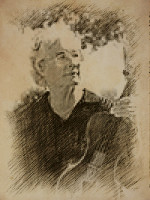 I (David) met Mary in 2003 and shared a stand with her often. She was one of the finest violists I have ever worked with. She rarely made mistakes, and her years of experience had resulted in what seemed a magical connection to the conductor’s baton. She taught me how to play opera: “Keep your eye on the stick! Lighten up! It’s chamber music! Follow the singers!” If her stand light went out, she joked, “I’ll just play by ear” (and she probably could). Her mantra was “be flexible.” If a tempo was nebulous, she’d say, “It’s in two and/or four.” At the age of 80, she retired as principal with the SLO Symphony. I was asked to audition for the job but wasn’t sure I was prepared. Mary encouraged me, and now I realize that she gave me a great gift. She helped me believe in myself. Thank you, Mary.
I (David) met Mary in 2003 and shared a stand with her often. She was one of the finest violists I have ever worked with. She rarely made mistakes, and her years of experience had resulted in what seemed a magical connection to the conductor’s baton. She taught me how to play opera: “Keep your eye on the stick! Lighten up! It’s chamber music! Follow the singers!” If her stand light went out, she joked, “I’ll just play by ear” (and she probably could). Her mantra was “be flexible.” If a tempo was nebulous, she’d say, “It’s in two and/or four.” At the age of 80, she retired as principal with the SLO Symphony. I was asked to audition for the job but wasn’t sure I was prepared. Mary encouraged me, and now I realize that she gave me a great gift. She helped me believe in myself. Thank you, Mary.
Her life-long dedication to music touched the lives of many. A celebration of her life will be held on October 19 in Los Osos, featuring a “viola jam” and chamber music performances. For more information call the San Luis Obispo Symphony office at 805-543-3533.

